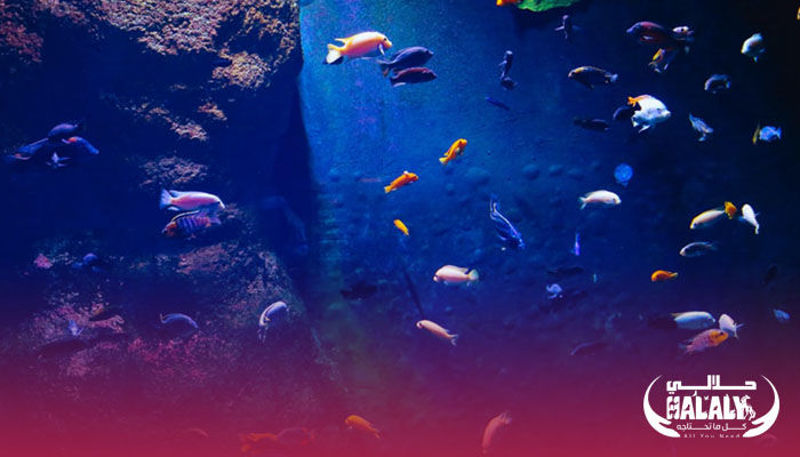Having an ornamental fish tank at home is pleasant, no doubt, but it is difficult to keep your fish healthy. Even in the best of conditions, the fish needs the utmost care of its owner. ٍStarting from carefully and diligently purifying the aquarium water to avoid overcrowding it with fish, in addition to noting any changes in the fish appearance or behaviour, as they usually indicate the presence of some disease in the fish.
To preserve your aquarium-fish and extend its life,Here are:
Tips for Your Fish to Live Longer:
-
Make sure the tank volume is at least 75 liters. You might think that larger ponds require more effort to maintain, but the opposite is true. Small tanks get dirty quickly and therefore require more regular maintenance. The larger the tank the better for you and your fish.
-
Provide the aquarium with a filter and water heater suitable for the size of the tank and water purification tools. These supplies are necessary to maintain the proper temperature of the water and to purify it from harmful waste and chemicals.
-
Choose a safe location for your tank. You should place the tank in a safe place and away from any drastic changes in temperature, such as windows, air conditioners, heaters, and vents. Also avoid places of noise such as doorways and crowded roads.
-
Cover the bottom of the tank with proper flooring and create hiding places for the fish. Pebbles are one of the most commonly used options, but they can be dangerous for some types of fish that prefer sand. Aquarium decorations are also important because they act as a distraction to the fish so that they do not clash with each other and even maintain the quality of the water in the tank.
-
Treat the water. You will often need to add sodium thiosulfate and some specialty acids and alkalis from pet stores to adjust the acidity of the tank water. Test the acidity and adjust it until it is suitable for the fish.
-
Make sure to cycle the tank water into the nitrogen cycle for two weeks. After treating the water, you should leave it sufficiently long for its chemical composition to stabilize. During this period, closely monitor the properties of the water and treat the water if you notice that it is unsuitable for fish. Make sure to change 10% of the water every two days.
-
Make sure the tank is not overcrowded. A crowded tank gets dirty quickly, forcing fish to engage each other.
-
Make sure the thickness is compatible. Some fish need different temperatures or different floors. Make sure the fish you add to your tank prefer the same environmental characteristics. Some fish are aggressive and not compatible with other types of fish as well.
-
Do not add more than one fish to the tank at one time. The aquarium filter will take some time to adjust to the changes that the new fish will cause in the water's composition. Test the water quality continuously for two weeks from the time you add the fish and change 10% of the water every two days.
-
Clean out the sink. Daily remove excess food from the tank, and use a brush to clean the aquarium glass.
-
Maintain water quality. Check the acidity of the water frequently and try to detect any other chemical imbalances. Keep chemotherapy materials on hand if you need to treat the water.
-
Recycle the water. Change 10-15% of the tank's water every week. Do not remove fish from the tank while changing the water. This will cause the fish to become stressed. Treat new water before adding it to the tank.























































